Ford GT: Deja Vu All Over Again
By all accounts, the Ford GT is a fantastic car. This website has joined the chorus of car magazines and enthusiasts singing the praises of the 500hp, mid-engined monster. Despite the Ford badge, reviews place the 'working man's supercar' in the same league as the Lamborghini Gallardo, Ferrari F430 and Porsche Turbo. It's a complete success.
Well, not quite. As a business and marketing proposition, The Ford GT has more in common with the ill-fated Studebaker Avanti than latter day Italian and German exotica. Although the GT and the Avanti bear few mechanical or visual similarities, their marketing mission– to draw people into showrooms and entice them into buying the more plebian products of the parent corporation– is identical. And that's not the half of it. The resemblance between the two supercars runs far deeper…
In 1961, Studebaker's product line had grown old and tired. Larks, Cruisers and Hawks were clogging dealerships. The company's century-old reputation for build quality, mechanical excellence and attractive design was quickly fading into the mists of time. Sales were declining rapidly, as buyers switched their allegiance to Ford Falcons, Plymouth Valiants and Chevrolet Corvairs. To spruce up Studebaker's increasingly geriatric image, the company decided to build a radical range-topper to cast a warm glow over the rest of their automotive products.
Studebaker's designers completed the Avanti in just eight months. To give their halo car a sporting image, Studebaker adapted many performance parts from their existing model line: supercharger, disc brakes, a roll bar and more. To keep development and tooling costs low, the automaker built the Avanti with a fiberglass body. Unfortunately, the company had no experience with the material. Unforeseen production problems created major cost overruns and seemingly endless delays.
In 1963, the Avanti arrived late, but loved. The buff books raved. As the hype gradually faded, well-heeled owners became less enamored. The $4500 Avanti's fiberglass body and mechanicals were not nearly as reliable or robust as the company's more prosaic products. The company was forced to issue a steady stream of dealer fixes, most notably changes to the body's construction to keep the large rear window from popping out of the car at speed. The Avanti's dealer visits did Studebaker's reputation no favors amongst an extremely influential market segment.
More importantly, as a marketing tool for less affluent buyers, the Avanti was a bust. People lined up at Studebaker dealers to see the car, but the company's sales and market share continued their precipitous decline. In the final analysis, sales fell more sharply in 1962 and 63, after the introduction of the Avanti, then they had in the previous few years.
Now, compare this sad history with Ford's new halo car, the GT. The parallels are frightening.
In 2002, Ford's product line had grown old and tired. The Taurus, Focus and Crown Victoria were clogging dealerships. The company's century-old reputation for build quality, mechanical excellence and attractive design was quickly fading into the mists of time. Sales were declining rapidly as buyers switched their allegiance to Honda Accords, Toyota Corollas and Nissan Altimas. To spruce up Ford's increasingly geriatric image, the company decided to build a radical new range-topper to cast a warm glow over the rest of their automotive products.
Ford's designers completed the GT in a remarkable 18 months. To give their halo car a sporting image, Ford raided the corporate parts bin for its high performance parts. Most notably, the GT's 5.4-liter DOHC powerplant is a supercharged version of an existing Ford V8. To keep development and tooling costs low, Ford built the GT with aluminum and carbon fiber. Unfortunately, the company had no experience with these materials. Unforeseen production problems created major cost overruns, and seemingly endless delays.
In 2004, the Ford GT arrived late, but loved. The buff books raved. As the hype gradually fades, owners may soon be less enamored. The $139,990 GT's aluminum body and mechanicals are not nearly as reliable or robust as the company's more prosaic products. For example, on December 22nd, the company recalled the GT to fix faulty suspension components on the 205mph supercar. Could this signal the start of a steady stream of recalls and dealers fixes? If so, the GT's dealer visits will do Ford's reputation no favors amongst an extremely influential market segment.
More importantly, as a marketing tool for less affluent buyers, the GT could well be a bust. People have lined-up at auto shows and dealerships to ogle the car, but there's no sign that Ford is reversing the 45% loss of passenger car market share that they've experienced during the last five years.
In fact, if the GT fails to ignite sales, it will have to be counted a failure, just as the Avanti was a failure for Studebaker 40 years ago.
More by Bob Elton
Latest Car Reviews
Read moreLatest Product Reviews
Read moreRecent Comments
- El scotto UH, more parking and a building that was designed for CAT 5 cable at the new place?
- Ajla Maybe drag radials? 🤔
- FreedMike Apparently this car, which doesn't comply to U.S. regs, is in Nogales, Mexico. What could possibly go wrong with this transaction?
- El scotto Under NAFTA II or the USMCA basically the US and Canada do all the designing, planning, and high tech work and high skilled work. Mexico does all the medium-skilled work.Your favorite vehicle that has an Assembled in Mexico label may actually cross the border several times. High tech stuff is installed in the US, medium tech stuff gets done in Mexico, then the vehicle goes back across the border for more high tech stuff the back to Mexico for some nuts n bolts stuff.All of the vehicle manufacturers pass parts and vehicles between factories and countries. It's thought out, it's planned, it's coordinated and they all do it.Northern Mexico consists of a few big towns controlled by a few families. Those families already have deals with Texan and American companies that can truck their products back and forth over the border. The Chinese are the last to show up at the party. They're getting the worst land, the worst factories, and the worst employees. All the good stuff and people have been taken care of in the above paragraph.Lastly, the Chinese will have to make their parts in Mexico or the US or Canada. If not, they have to pay tariffs. High tariffs. It's all for one and one for all under the USMCA.Now evil El Scotto is thinking of the fusion of Chinese and Mexican cuisine and some darn good beer.
- FreedMike I care SO deeply!



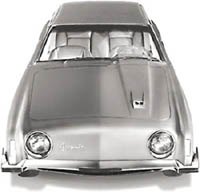


















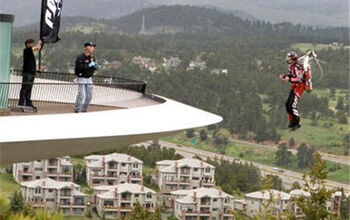
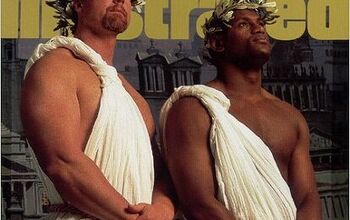
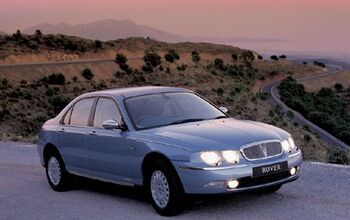
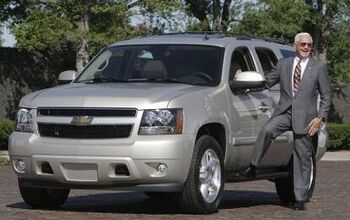











Comments
Join the conversation